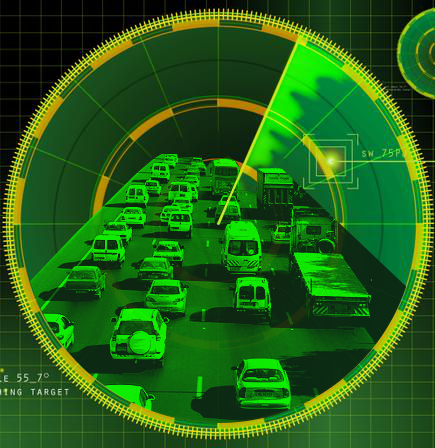Truck trial at dawn of smarter cars
 Transport for NSW has approved the test of equipment that uses a network of radars to give truck drivers a better view on safety.
Transport for NSW has approved the test of equipment that uses a network of radars to give truck drivers a better view on safety.
Toll Holdings will undertake the largest and longest trial of Cooperative Intelligent Transport Systems (C-ITS) technology Australia has ever seen.
The technology allows drivers to “see’’ around corners and over the crest of hills, by mounting sensor systems on trucks that can communicate with and use the information from all other rigs nearby.
The Co-operative Intelligent Transport Initiative (CITI) trial is designed to reduce truck accidents and improve traffic flow on busy highways.
CITI will see trucks transmitting and receiving warnings about road hazards several times a second, warning drivers of critical road safety issues up to 1km ahead.
Cohda Wireless, an Adelaide-based company, will provide anti-collision devices for the CITI trial, and a dedicated 5.9 GHz frequency will be used to transmit the data.
Safety will be increased by the mutual sharing of vehicle positions, direction and speed between Cohda-equipped vehicles and some static roadside infrastructure such as traffic lights and signs.
The wireless company will supply a complete software suite, comprising safety apps like LTA (Left Turn Assist) and IMA (Intersection Movement Assist), which the US Department of Transport has identified as lifesaving facilities.
The CITI trial has been made possible through a $1.4 million funding grant from the federal government’s Heavy Vehicle Safety and Productivity Program, the NSW government and National ICT Australia.
The technology will soon filter down to everyday sedans too, with General Motors revealing at the Intelligent Transport System World Congress in Detroit that it would build the first vehicle-to-vehicle-equipped GM car in 2017.







 Print
Print